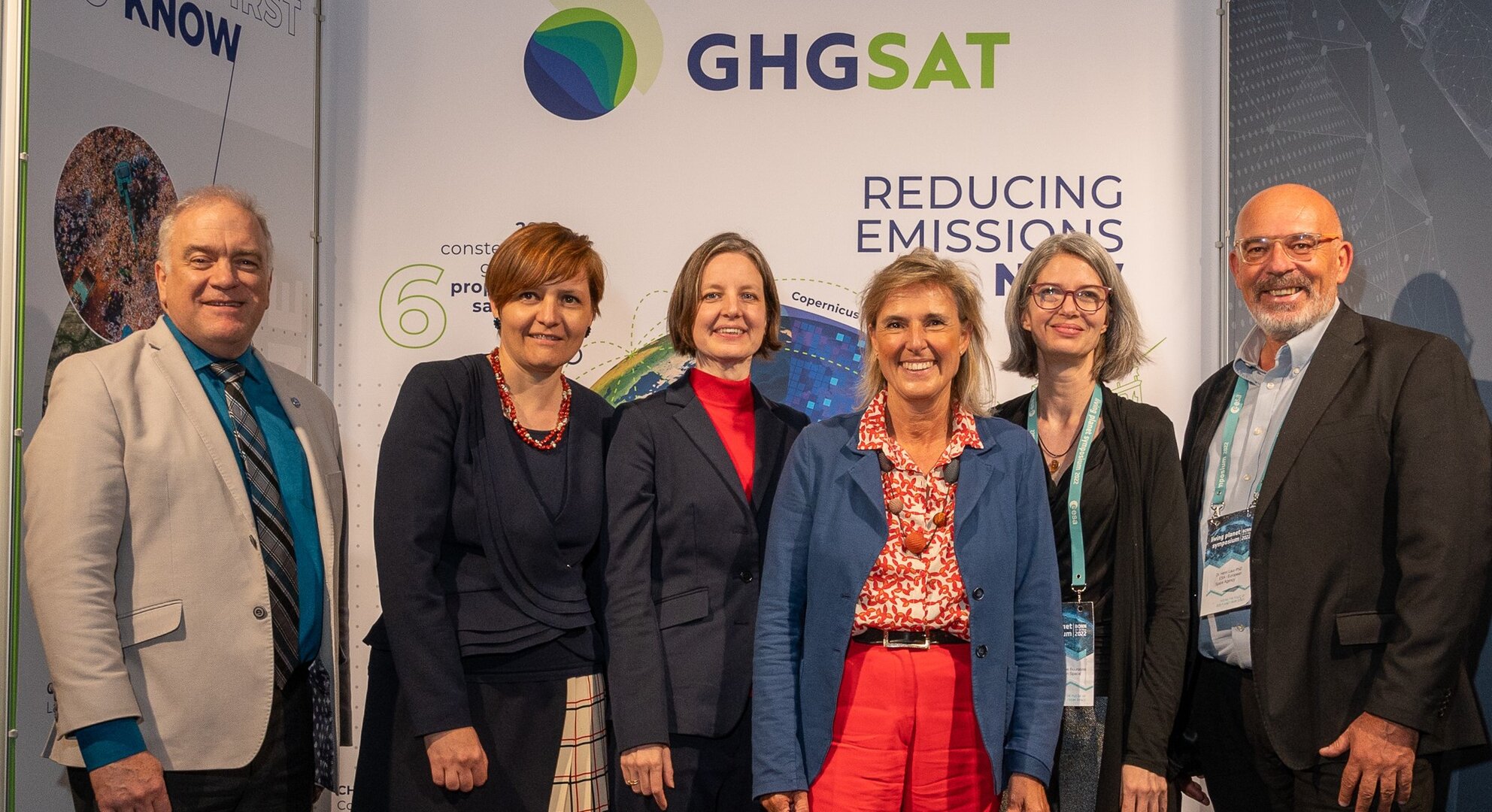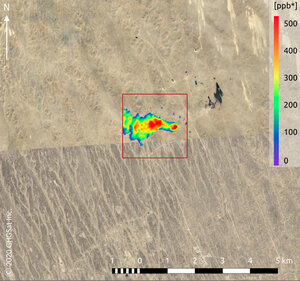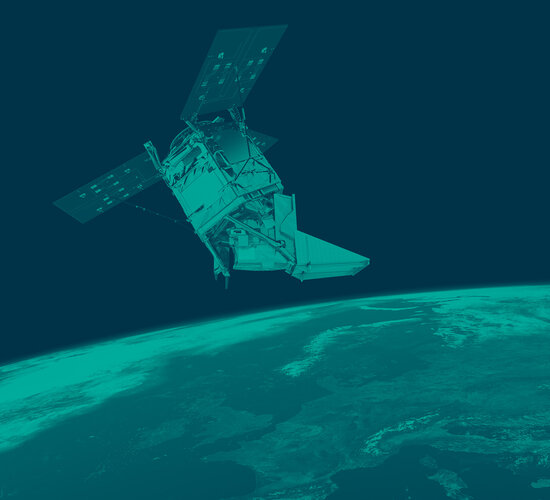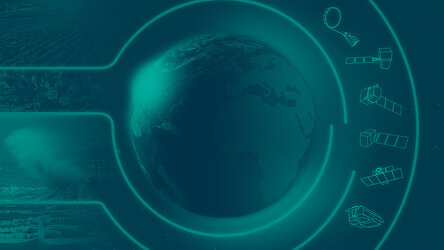GHGSat joins ESA’s Third Party Mission Programme
GHGSat, a leader in high-resolution greenhouse gas monitoring from space, has officially joined ESA’s prestigious Third Party Mission Programme. Announced today at the Living Planet Symposium currently taking place in Bonn, data from the company’s fleet of commercial satellites will be provided, free of charge, to researchers working in the fields of Earth science and climate change. Users will be able to access greenhouse gas measurements from sites all around the world.
Through ESA’s Third Party Missions Programme, ESA allows high quality data from a wide range of Earth observation satellite missions developed and operated by other agencies to be accessed to the wider scientific community. The programme, which has been operating for over 45 years, includes over 60 instruments on more than 50 space missions.
Announcing GHGSat’s Third Party Mission Status, ESA’s Simonetta Cheli, Director of Earth Observation Programmes, said, “We are delighted to announce that our Member States have approved GHGSat’s membership to the Third Party Mission Programme.
“It is fitting that we do this today, at our Living Planet Symposium: an event that sees scientists and researchers, from around the world, come together to discuss how space can help us monitor – and safeguard – the health and climate of our planet. GHGSat’s unique high-resolution imagery is a valuable addition to our portfolio and will be a great asset to all those studying human-made greenhouse gas emissions.”
All five of GHGSat’s commercial satellites will be included in ESA’s Third Party Mission Programme, including Iris and Hugo, which are both currently in orbit, as well as Luca, Penny and Diako which are scheduled for launch later this week. Plans are in place to expand the fleet to 10 satellites by 2023.
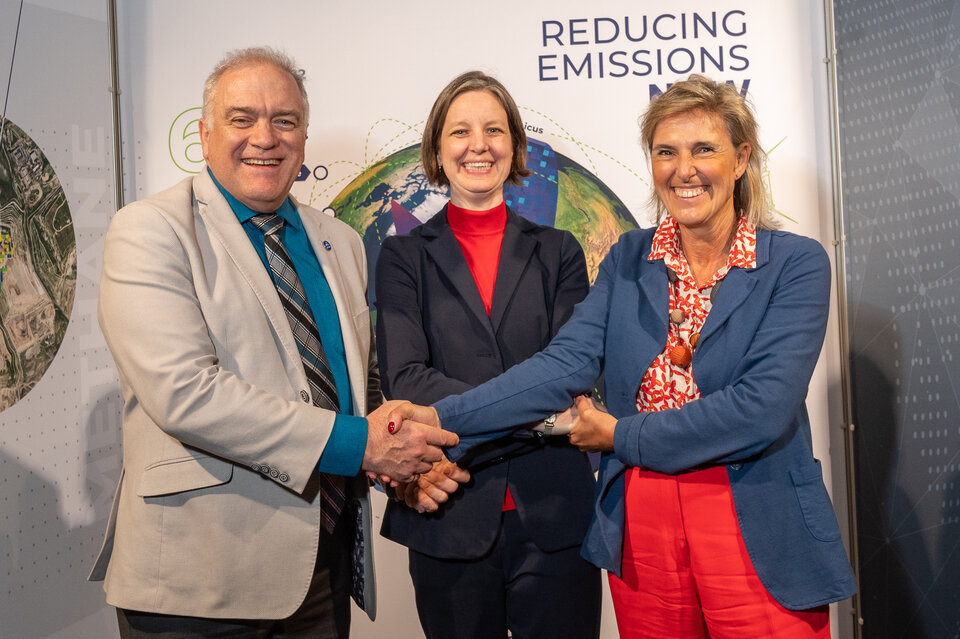
This Third Party Mission approval builds on the success of long-term data-sharing partnership where ESA, GHGSat and the Canadian Space Agency teamed up to provide 5% of data from its first commercial satellite, Iris, freely available for research purposes.
Given that methane emissions are a major factor in global warming, identifying the source of humanmade leaks has become a climate action policy with both ESA and GHGSat supporting the United Nations Environment Programme’s new International Methane Emissions Observatory announced at COP26 last year.
Stephane Germain, CEO of GHGSat, added, “We greatly value our relationship with ESA and are thrilled at becoming an official Third Party Mission member. It is a tribute to the hard work of our teams and scientists, in Canada and around the world, that have helped create - and prove - the high-resolution technology that makes our data unique.
“From the moment we had our first demonstration satellite in orbit, GHGSat has looked for ways to support climate science research, working with distinguished organisations such as Harvard and the Netherlands Institute for Space Research. Now, as part of ESA’s Third Party Mission family, we’re glad our data will be available to an even wider community.”
Methane monitoring
Methane may not be as abundant in the atmosphere as carbon dioxide, but with a global warming potential around 84 times greater than carbon dioxide, monitoring and controlling industrial emissions of this potent gas is imperative to helping combat climate change. Accurate measurements of concentrations of methane are key to identifying particular sources and to adopting strategies to mitigate emissions.
The Copernicus Sentinel-5P satellite carries an instrument called Tropomi, which maps many trace gases including nitrogen dioxide, sulphur dioxide and methane. Its data are proving extremely valuable for monitoring air pollution.
Thanks to Sentinel-5P’s ability to detect methane over a wide area and high revisit rate combined with GHGSat’s high-resolution commercial imagery, scientists are able to focus their targeted monitoring campaigns on hotspots and precisely pinpoint the sources of methane leaks. This approach has recently proved successful in developing a clearer picture of emission sources and rates.
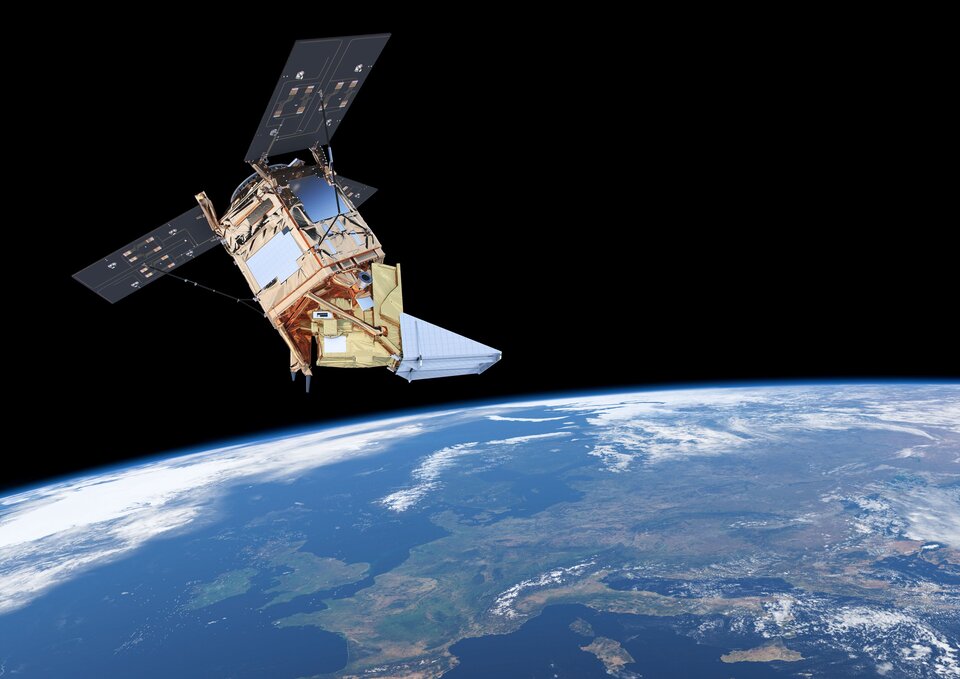
Claus Zehner, ESA’s Copernicus Sentinel-5P Mission Manager, said, “The synergistic usage of Sentinel-5P and GHGSat methane measurements from space is an excellent example on how commercial and scientific measurements can be combined to identify climate mitigation actions.”
Looking ahead, the upcoming Copernicus Sentinel-5 and Copernicus Carbon Dioxide Monitoring missions will expand the current capabilities of the Copernicus programme – the world’s biggest supplier of Earth observation data – in measuring both atmospheric carbon dioxide and methane at a high spatial resolution.
These measurements will be used by the new CO2M Monitoring and Verification Support capacity, which the European Centre for Medium-Range Weather Forecasts is developing, and which will eventually reduce uncertainties in estimates of emissions of carbon dioxide from the combustion of fossil fuel at local, national and regional scales.
GHGSat
GHGSat is a leader in high-resolution greenhouse gas monitoring from space, providing actionable emission data to businesses, governments, and regulators worldwide. With proprietary remote-sensing capabilities and patented technology, GHGSat can monitor individual facilities, offering greater data accuracy, and facilitating timely strategic decision-making insights. The GHGSat archive and data from the joint ESA, CSA, GHGSat initiative can be accessed on ESA’s Earth Online website.
Copernicus Sentinel-5P
Copernicus Sentinel-5P is the first Copernicus mission dedicated to monitoring our atmosphere. The satellite carries the state-of-the-art Tropomi instrument to map a multitude of trace gases, which affect the air we breathe and therefore our health and our climate.


